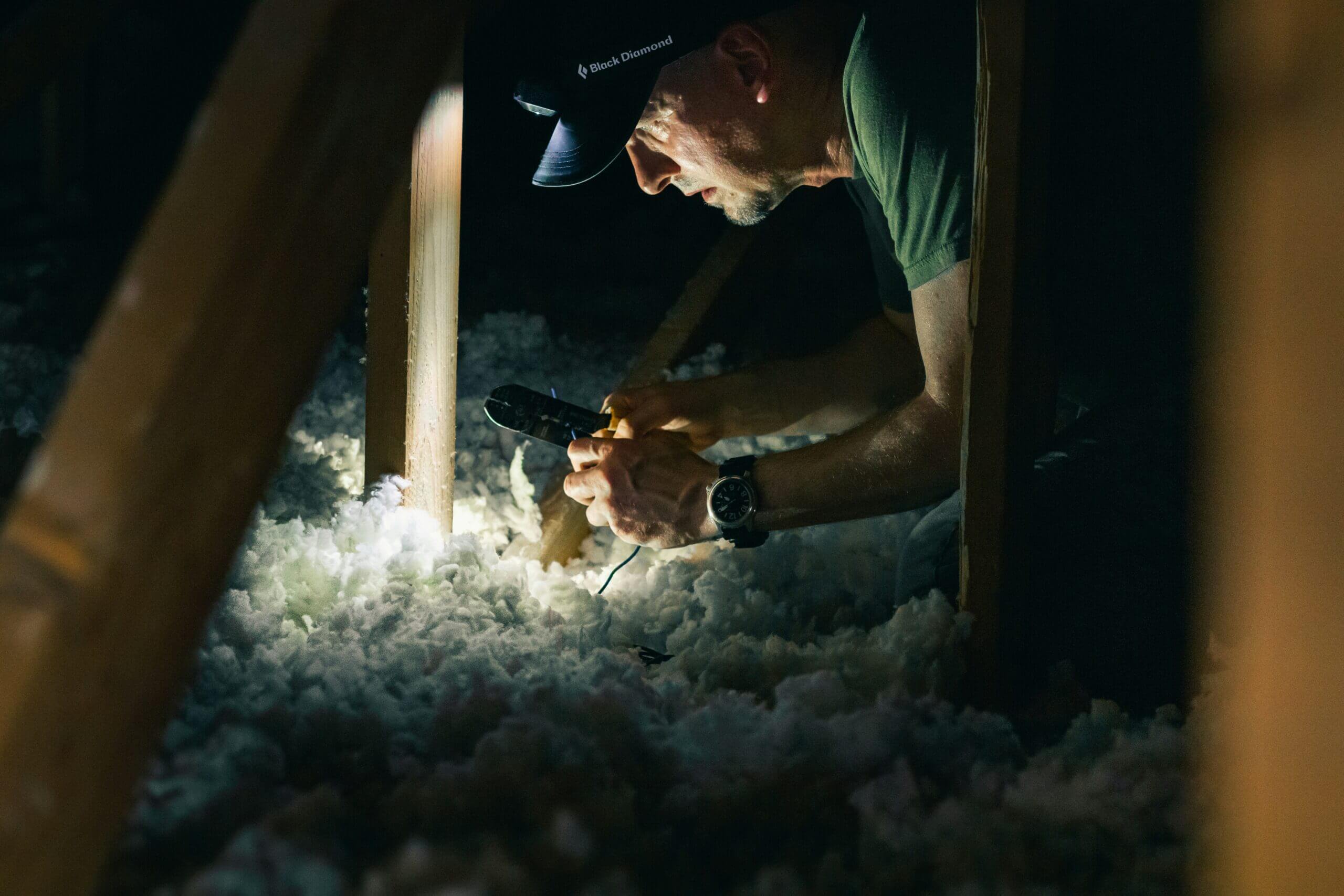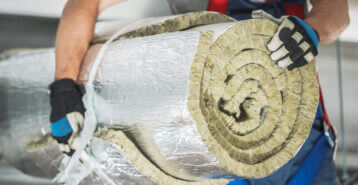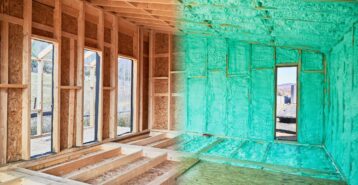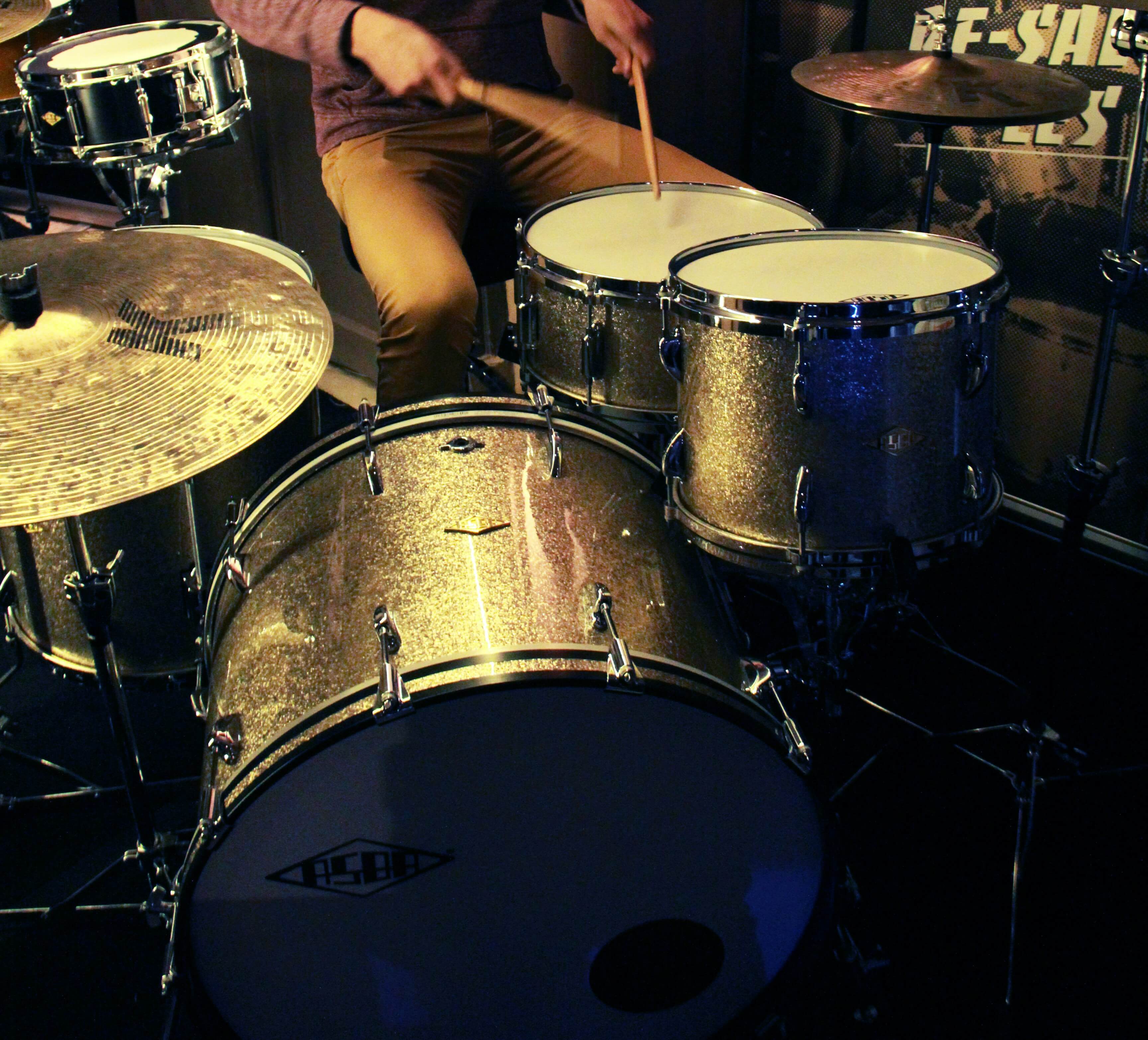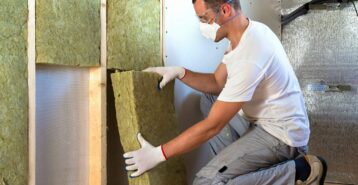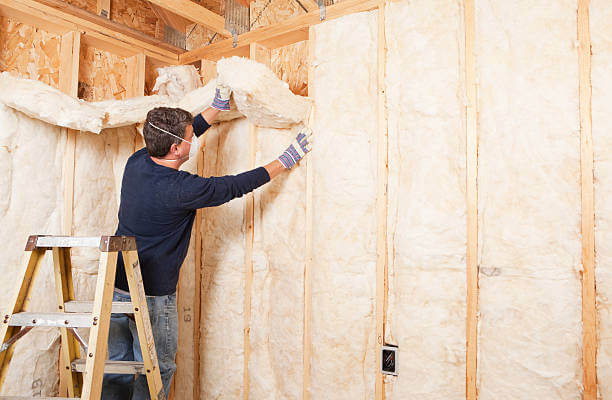The Complete Guide to Blown-In Insulation Costs
Blown-in insulation is a popular choice for homeowners looking to improve energy efficiency, enhance comfort, and reduce utility bills. This type of insulation is particularly effective at filling gaps and hard-to-reach spaces, creating a more uniform thermal barrier in areas like attics, walls, and crawl spaces. However, understanding the costs associated with installing blown-in insulation is crucial for planning your home improvement project effectively. This guide provides a comprehensive overview of blown-in insulation, including the cost per square foot, total average costs, factors that influence pricing, and a step-by-step overview of the installation process.
What Is Blown-In Insulation?
Blown-in insulation consists of small particles of material, such as fiberglass, cellulose, or mineral wool, that are blown into wall cavities, attic floors, and other enclosed spaces using a special blowing machine. This process allows the insulation to conform to any space, filling in gaps, crevices, and hard-to-reach areas more effectively than traditional insulation types like rolled or batt insulation.
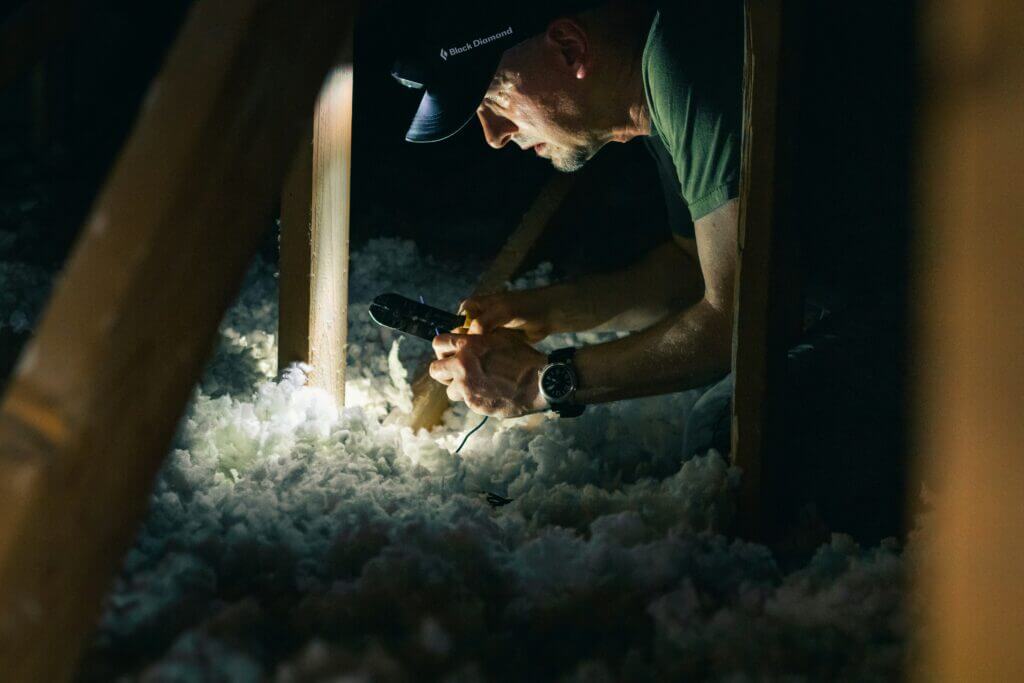
- Fiberglass Blown-In Insulation: Made from tiny fibers of spun glass, fiberglass is one of the most commonly used materials for blown-in insulation. It offers good thermal resistance (R-value) and is typically less expensive than other options.
- Cellulose Blown-In Insulation: Composed of recycled paper products, primarily newspaper, cellulose is treated with fire-retardant chemicals and provides a higher R-value per inch than fiberglass. It’s an eco-friendly choice, but may cost slightly more than fiberglass.
- Mineral Wool Blown-In Insulation: Made from natural or recycled materials like rock or slag, mineral wool has excellent fire-resistant properties and a decent R-value. It is generally the most expensive option among the three types.
Blown-in insulation is ideal for insulating irregular or complex spaces and can be installed in both new and existing homes. Its ability to settle and conform tightly to framing makes it particularly effective at reducing air leaks and improving energy efficiency.
Total Average Cost to Install Blown-In Insulation
The total cost of installing blown-in insulation includes both materials and labor. On average, homeowners can expect to pay between $1,500 and $3,700 for a standard installation in an attic or walls, with a national average of $2,900. Here’s a breakdown of what you might expect:
- Small Project (500 square feet): $500 to $900.
- Medium Project (1,200 square feet): $1,500 to $2,500.
- Large Project (2,500 square feet): $3,000 to $5,250.
The overall cost will depend on the size of the area being insulated, the type of insulation material used, and additional factors such as labor rates and the complexity of the installation.
Cost of Blown-In Insulation Per Square Foot
The cost of blown-in insulation varies depending on the type of material used:
- Fiberglass Blown-In Insulation: Ranges from $0.90 to $1.50 per square foot.
- Cellulose Blown-In Insulation: Typically costs between $1.00 and $1.80 per square foot.
- Mineral Wool Blown-In Insulation: Can range from $1.40 to $2.10 per square foot.
These costs include materials only. Keep in mind that these prices can fluctuate depending on the insulation’s R-value (higher R-values generally cost more), the thickness of the insulation layer, and your geographic location.
Factors That Affect the Cost of Blown-In Insulation
Several factors influence the cost of installing blown-in insulation:
- Type of Insulation Material: Fiberglass is generally the most affordable, while mineral wool is the most expensive due to its superior fire resistance and durability. Cellulose sits in the middle range, balancing cost with a higher R-value and eco-friendly benefits.
- R-Value Requirements: The R-value, or thermal resistance, determines the effectiveness of the insulation. Higher R-value requirements necessitate thicker layers or higher-quality materials, which can increase costs.
- Area Size: Larger areas will require more materials and labor, raising the overall cost. For example, insulating a small attic will cost less than insulating an entire home.
- Labor Costs: Labor rates vary by location, and some areas may have higher installation costs due to a higher cost of living or demand for contractors. The complexity of the installation (e.g., working in tight spaces or around obstacles) can also increase labor costs.
- Accessibility and Preparation: Hard-to-reach spaces, such as narrow attics or enclosed wall cavities, may require more time and effort to insulate, raising labor costs. Additionally, removing old insulation or preparing the area for new insulation may incur extra charges.
- Additional Services: Extra services, such as air sealing, mold remediation, or installing a vapor barrier, can add to the total cost. Some installations may also require specialized equipment or techniques, which can increase expenses.
How Is Blown-In Insulation Installed?
Installing blown-in insulation involves several steps to ensure optimal performance and efficiency:
- Assessment and Preparation: A professional contractor will assess the space to determine the appropriate type and amount of insulation needed. Any existing insulation may need to be removed, and the area will be prepared for installation, including sealing gaps and cracks to improve overall efficiency.
- Blowing the Insulation: The insulation material is fed into a blowing machine, which uses air pressure to distribute the insulation evenly into the designated space. This process ensures that all gaps, crevices, and irregular areas are filled, creating a uniform thermal barrier.
- Final Inspection and Cleanup: Once the insulation is installed, the contractor will perform a final inspection to ensure that all areas are adequately covered and that the insulation meets the required R-value. Any excess material is cleaned up, and the site is left in good condition.
How Does Blown-In Insulation Compare to Other Types?
Blown-in insulation offers several advantages over other types of insulation, such as rolled or spray foam insulation:
- Blown-In vs. Rolled Insulation: Blown-in insulation is generally more effective at filling irregular or hard-to-reach spaces, while rolled insulation (batts) works best in open areas with standard spacing between framing. Blown-in insulation is often more expensive, but its superior coverage can lead to greater energy savings.
- Blown-In vs. Spray Foam Insulation: Spray foam insulation provides a higher R-value and better air-sealing properties, but it is significantly more expensive, ranging from $3.00 to $7.00 per square foot. Blown-in insulation is a more cost-effective choice for most standard insulation needs, particularly in existing homes or areas that are difficult to access.
Is Blown-In Insulation Right for You?
Blown-in insulation is an excellent choice for homeowners looking for a versatile and effective way to insulate their homes. It is particularly well-suited for filling gaps, crevices, and hard-to-reach areas, making it a great option for retrofitting older homes or insulating attics and wall cavities. While the cost may vary depending on material choice, area size, and other factors, blown-in insulation typically offers a good balance between cost, performance, and ease of installation.
By understanding the costs and benefits associated with blown-in insulation, you can make an informed decision that suits your home’s specific needs and budget.
